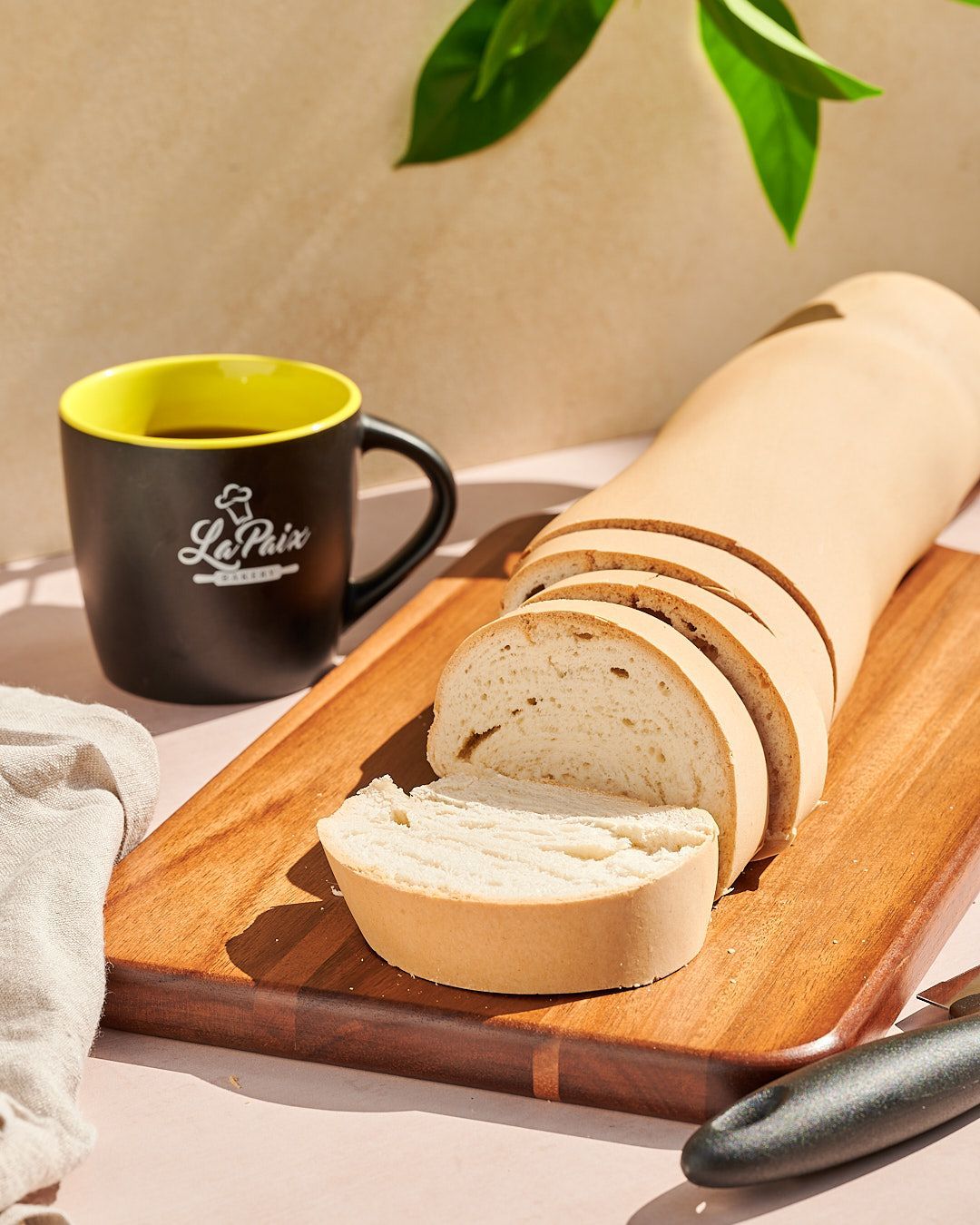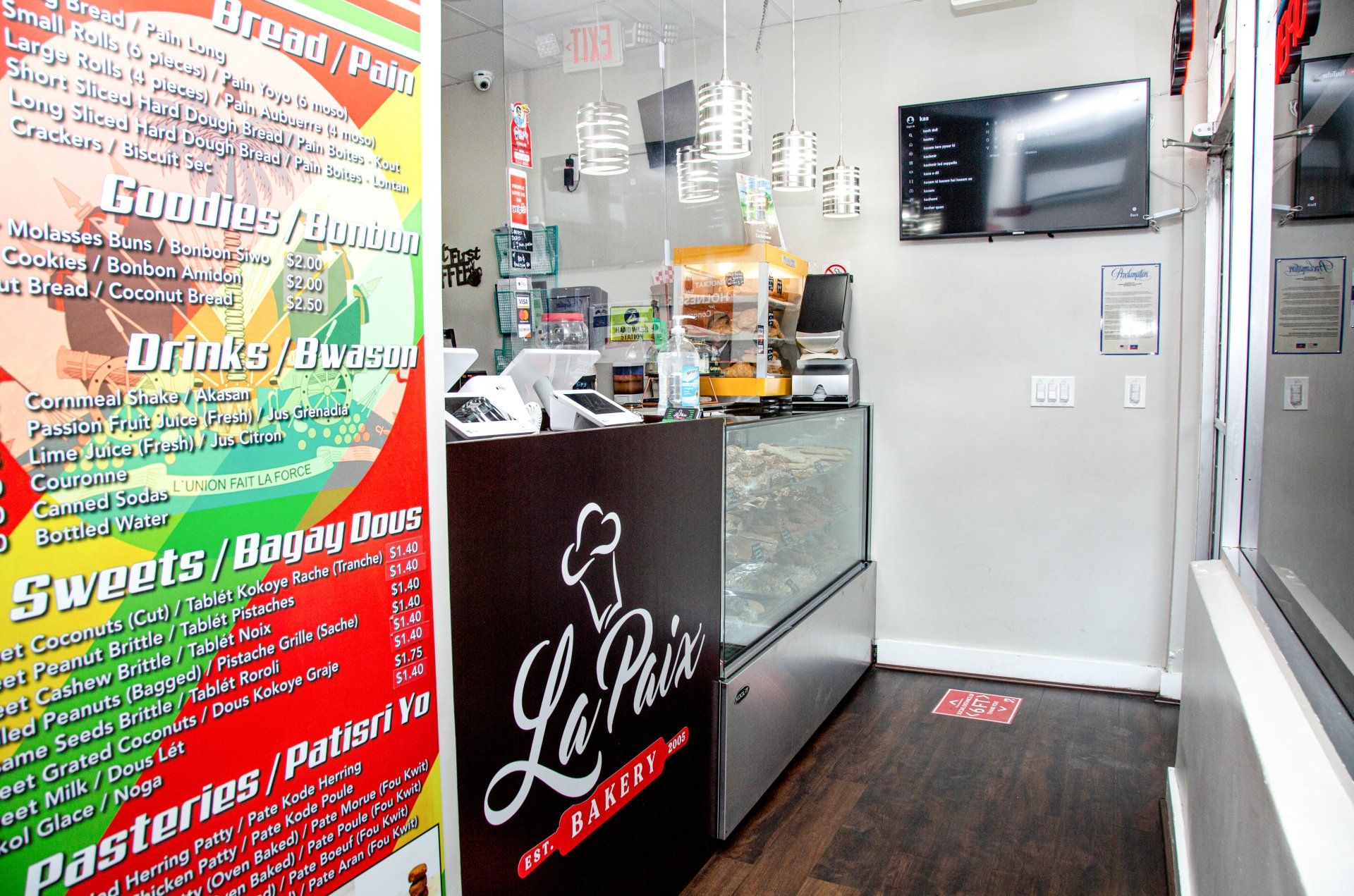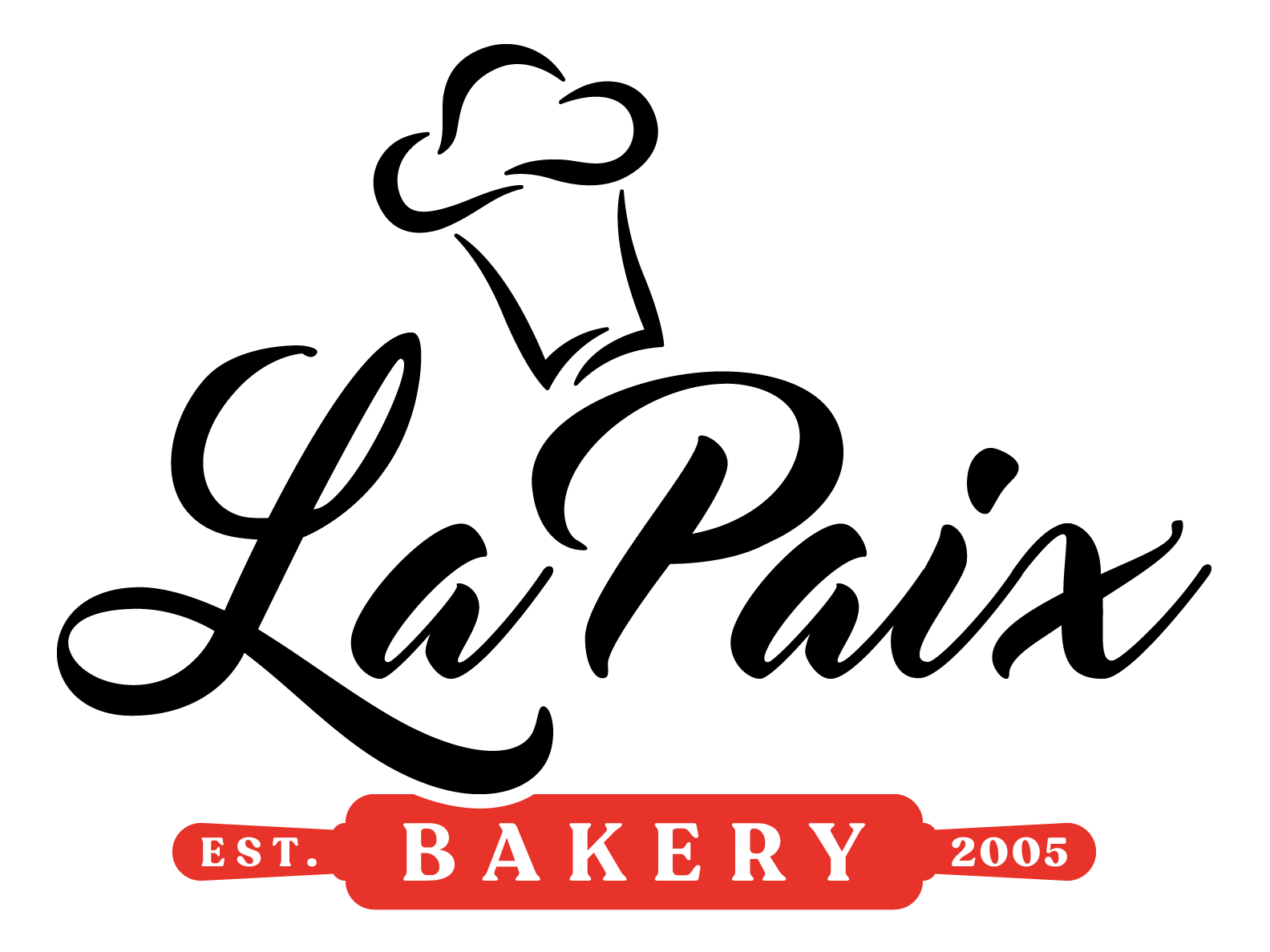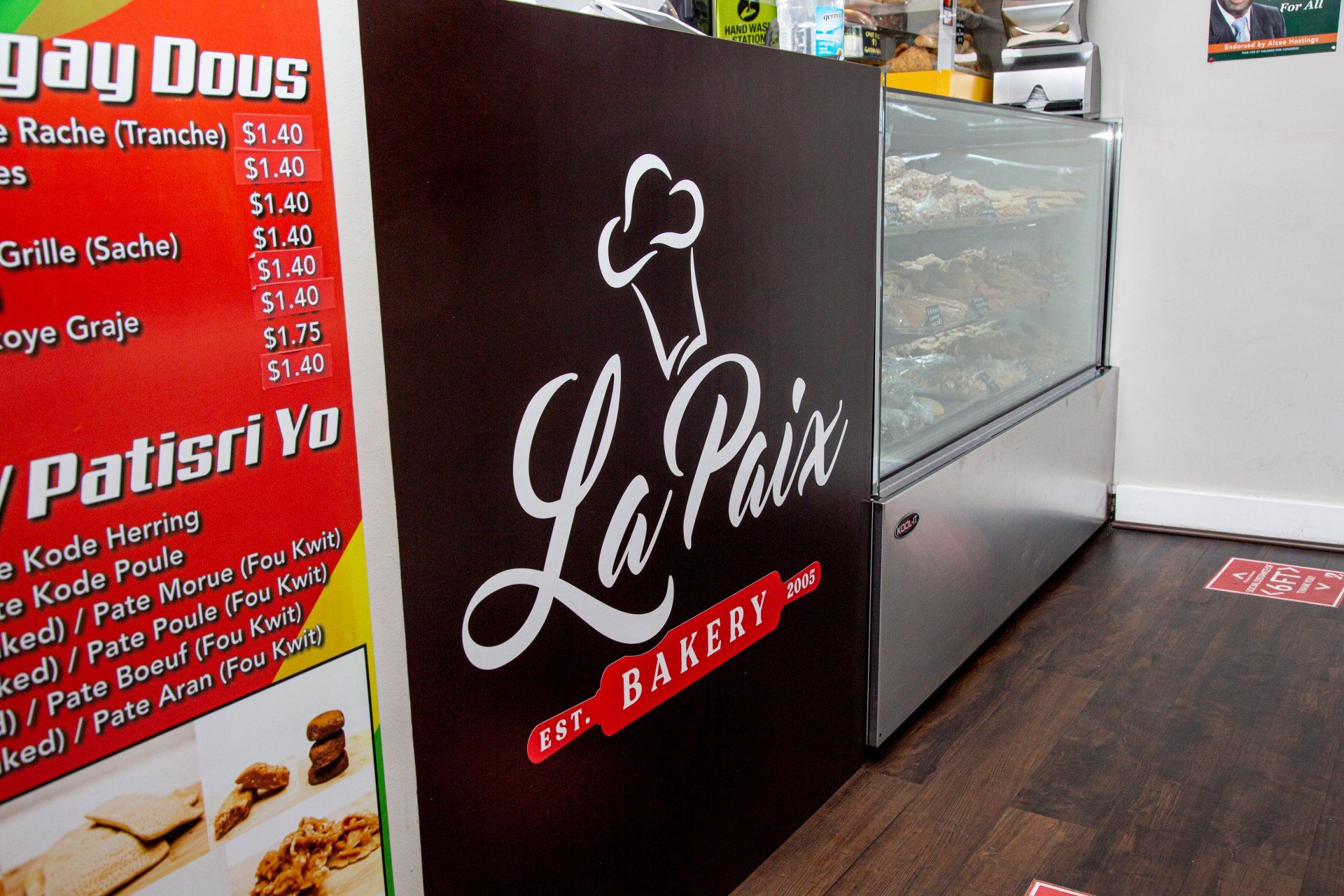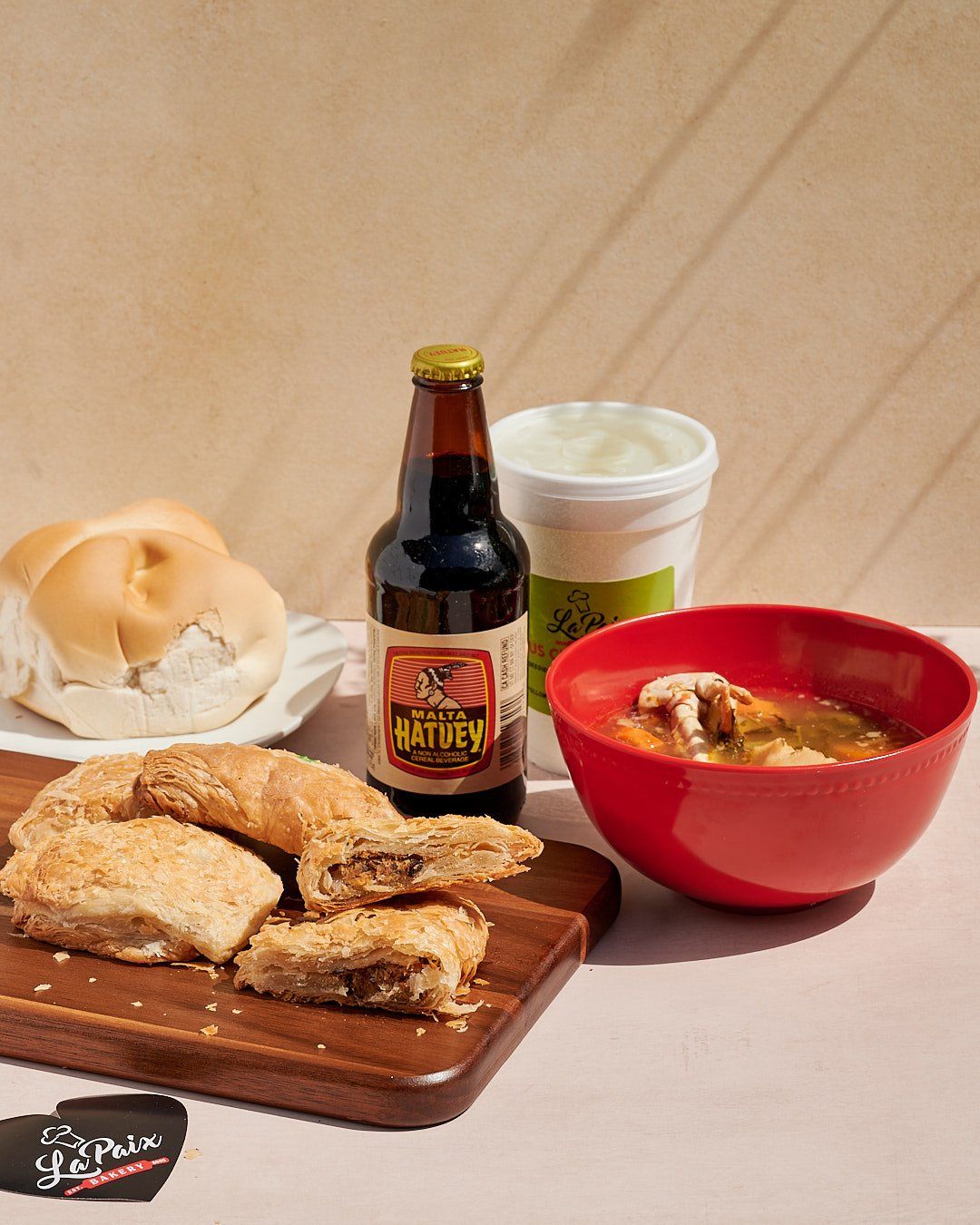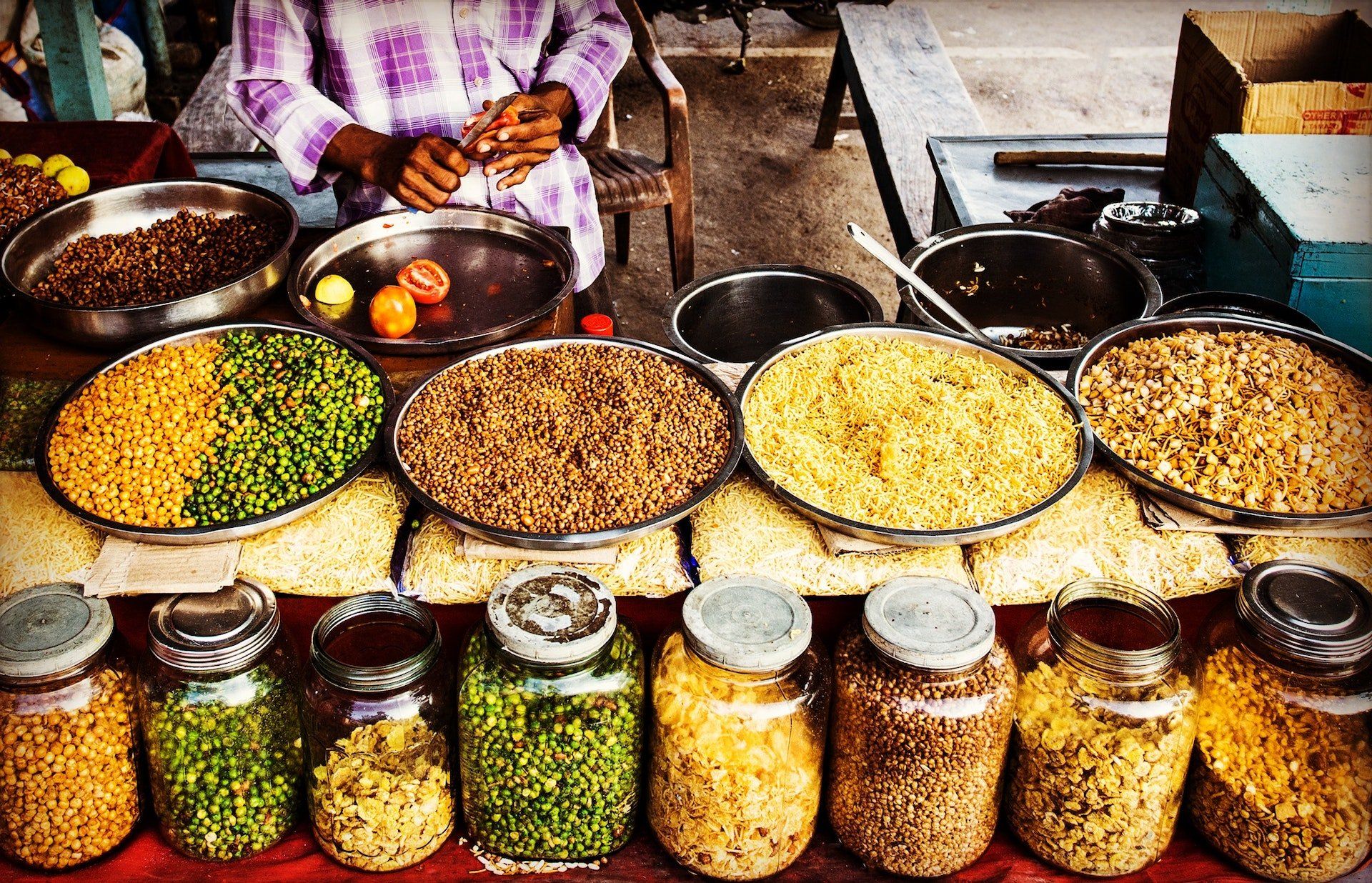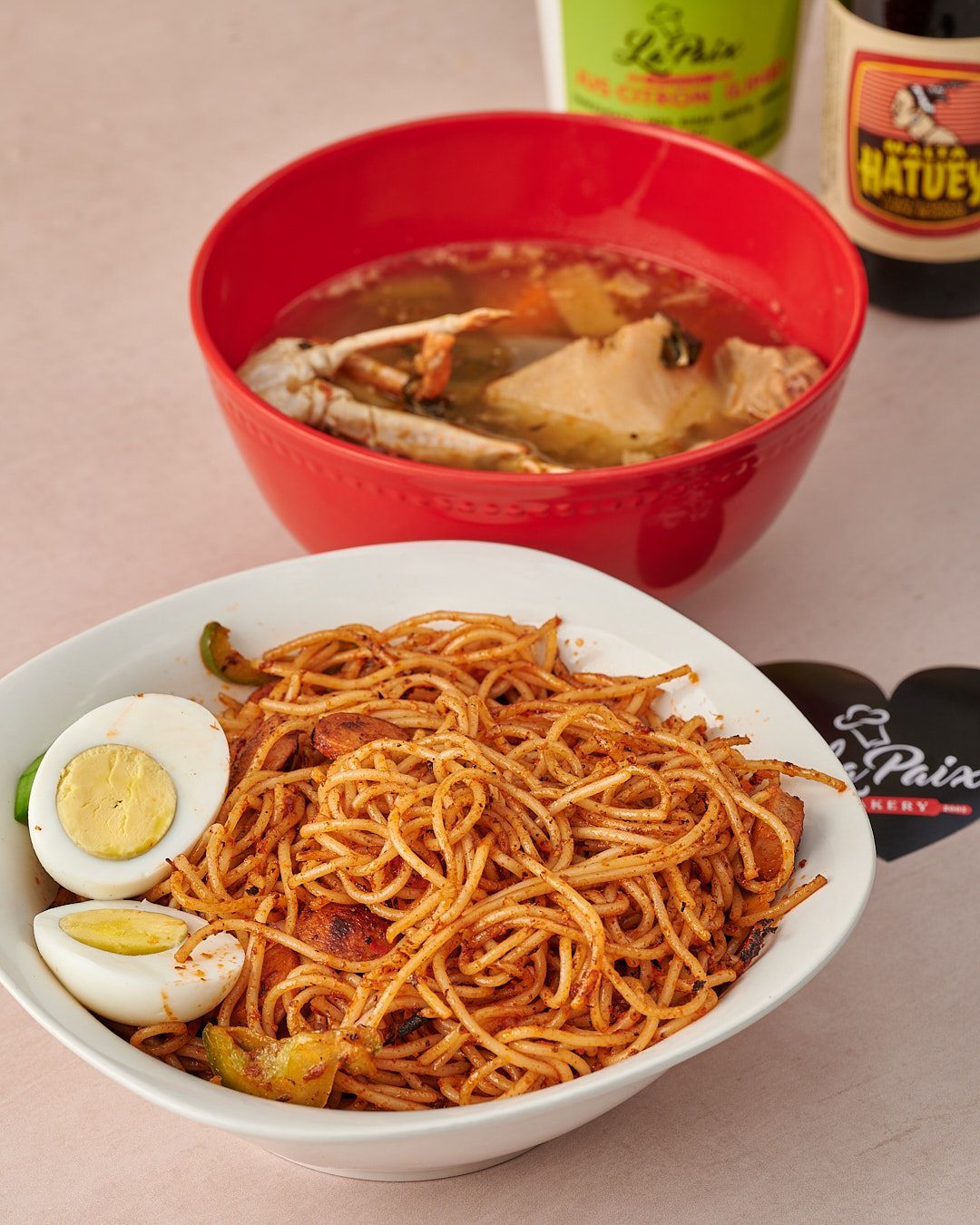From the saltiest cracker to the sweetest, flakiest pastry, bread is a cornerstone of myriad cuisines around the world. Historically, bread has been a hot item in Haitian kitchens, no doubt stemming back to the days of the Taino civilization, which, as part of its complex food systems, fermented and shaped manioc flour into various forms, including breads!
We'll be delving into the delicious history and variety of Haitian breads, from the traditional bouyon, a deep-fried bread similar to the Greek loukoumades, to the more contemporary crema, a yeasted and unproofed flatbread that is often served with breakfast.
We'll cover the evolution of Haitian bread over the years, as well as some of the unique ingredients that have been used and the different methods for baking. By the end, you'll have better insight into the island country's rich culture and a newfound appreciation for the various types of bread it boasts.
Let's get started!
The History and Culture behind Traditional Haitian Breads
Breads have been used for centuries in Haiti for religious and festive rituals, connected to the country’s rich history and culture. Traditionally, Haitian bread was made from cornmeal and similar ingredients, usually without yeast or sourdough. This type of bread is a staple of Haitian cuisine, found in countless dishes ranging from savory pates to sweet treats.
Haitian breads have a rich history and culture, with some attributing it to French baking methods and others to colonialism. The love of bread runs deep among Haitians, with flavorful recipes passed down from generation to generation. These breads are seen as emblematic of the island's identity and are an integral part of daily life.
As we explore the French influence on these traditional breads, it is impossible to ignore their vibrant flavor.
French Influence
The French colonization of Haiti in the early 18th century has had a lasting influence on Haitian cuisine generally and on Haitian breads specifically. Haitians eventually used French techniques and recipes to learn how to make their own delicious bread.
The two most prevalent Haitian breads have French roots dating back to the days of colonial rule:
coco bread, which is derived from the French term “cocotte” for a pastry or cake, and flanbé, which is a combination of the terms “flan” (a type of custard) and “beurre” (French for butter).
Haitian culinary traditions, such as the cooking style of coco bread, have added variety and flavor to traditional Haitian breads. French influences such as eggs, sugar, and butter can also be incorporated into the recipe. Because French and Haitian cooking styles work well together, Haitian bakers are able to make complex flavors.
Today, we can look to the different types of Haitian bread available to reflect this blend of cultures.
Different Types of Haitian Breads
Haitian food has a lot of French influences, so it makes sense that the colonial rulers of the country would have changed some of the country's traditional breads. One example is pain de mie (white sandwich bread), which is almost identical to the French baguette. Haitian breads are a part of the country's culture and are customarily served at family feasts and celebrations.
They are typically made from cornmeal, whole wheat flour, and other grains such as rice or barley. One of the most popular traditional Haitian breads is
Pain Patate, which can be served with various side dishes such as salted codfish. These loaves are a nod to African cultures and are found only in Haiti and its Caribbean neighbors.
Celebrations and Customs Related to Haitian Breads
One of the most important customs related to Haitian breads is the celebration of a newly baked loaf. A fresh loaf of artisanal bread is an important part of the culture. In some places, eating the first piece of a new batch is called "bread baking" or something similar.
During this ceremony, people usually say special prayers to God to thank him for giving them food and shelter. Haitian families celebrate traditional foods with loved ones, such as the sharing and enjoying of freshly-baked breads, as an act of unity and love.
This event brings people together and gives them a sense of belonging that has lasted through colonial history, land grabs, natural disasters, and forced migrations. Also, Haitian breads are deeply intertwined with stories told between generations, highlighting the struggle and success of the region's culture and history.
Characteristics of Haitian Breads
Haitian breads have a unique flavor and texture that set them apart from other types of bread. Compared to many other traditional breads, Haitian breads are much denser and heavier, largely attributed to their use of vegetable oil or shortening in most recipes.
It has a unique and flavorful treat that combines cinnamon, nutmeg, anise, and a bit of acidity.
These characteristics vary greatly depending on the region in which the recipe originates, but they make them particularly aromatic, flavorful, and delicious. There is something warm and comforting about biting into a moist, sweet loaf unlike anything else.
Eating Haitian breads is a great way to experience a special eating experience.
Unique Flavor
When it comes to the unique flavors of Haitian breads, there is quite an array of bold and intriguing ingredients. Haitian breads have their own style, with bold combinations of sweet and savory spices and a wide range of tropical fruits added to bakes.
Additionally, the use of fruit in Haitian baked goods has earned popularity, with Doubour Kabrit featuring dried currants and other traditional foods from around the world. Through this experience, we can gain insight into the age-old art form of Haitian breads, which has been passed down lovingly through generations.
Get a Bite of La Paix Traditional Haitian Breads in Miramar, Florida!
Are you a fan of traditional Haitian bread? At
La Paix Bakery, we take pride in our commitment to quality and authenticity. Our traditional Haitian bread is made with only the freshest ingredients and baked to perfection. We believe that everyone deserves to experience Haitian taste and culture.
Get your order today!
